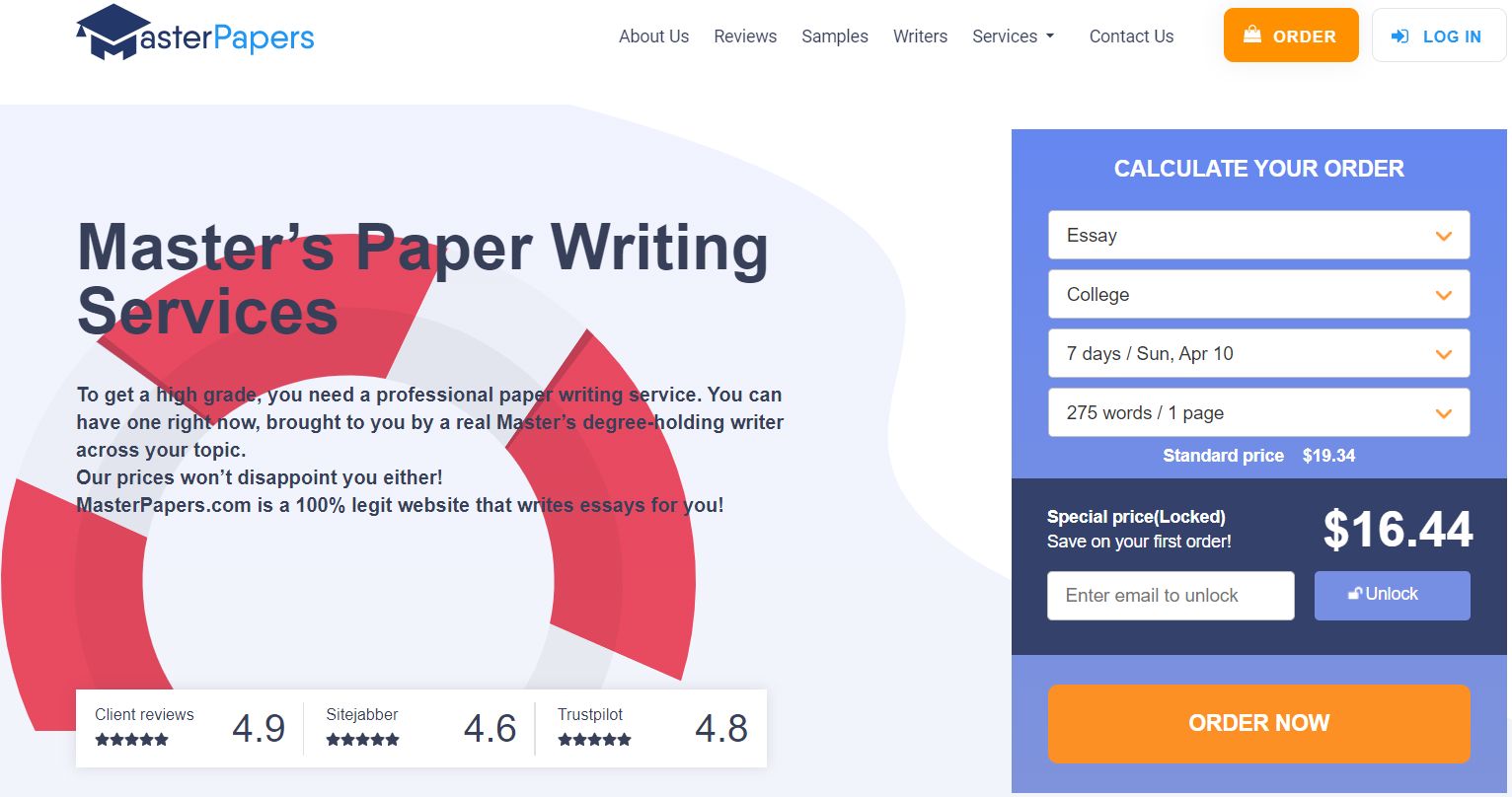Your original way to create a sophisticated article
Publication Date: 29 April 2021

If you ever wanted to train yourself to write better, you have read those billions of materials on “how to write a perfect article.” Some of them apply to professional writers, some are for beginners, for marketing copywriters, students, or anyone who needs to deliver their ideas in a written form. You may notice that the difference is in how they speak to different audiences, but all of them keep repeating the same points:
- learn the subject
- stick to the structure
- write simple
Yes, all of this advices are good and relatable for people who write articles. But this information seems a bit general and not personalized. So, how to find your way to write fast but good and interesting? The key is in you and your strong sides.
There is no way that you don’t have any of following talents:
- monitoring
- concentrating
- fact checking
- editing
If you have one of these skills, you’ll be able to effortlessly handle any piece of writing just by following our guide. So how do you make your strong and weak sides work for you?
First, let’s think about understanding the purpose. Why do you need to write this article? If your answer is starting from words “I have to,” or “I have an assignment,” those are the wrong answers. Look deeper at your reasons why. “I need to write this assignment because I want to graduate and build a career.” “I need to write this article because I want my business to grow,” “I want people to know about my blog and share my thoughts with an audience to start a dialogue.” It may seem a little too naive, but this is your real motivation. You’re writing not because you have homework or an SEO plan for publications. You’re writing for a reason, and the reason is your growth.

The next step is to target your audience. And it is the time to set priorities and do a magic trick. Very often the things you love about writing are on the opposite side of what makes you cringe. If you like to write but hate editing, or love to do research but can’t handle structuring you need to do it in your own unique way. Let’s go through all the stages of completing the article and see how you can accomplish it with less effort.
Research
If monitoring data is rocket science for you, don’t hurry to give up on it just yet. If you’re not a shark, then don’t pretend one, do what you can. Use several trustworthy sites and work more on how to represent and rethink that information. If you want to do it like a pro, with time, you’ll understand how it works. Start from those sites and search through the links in the text. Don’t panic.
Structuring
How to make a logically composed article out of a draft mess? Some writers really have issues with structuring the material. What can you do about it? Use good old 3.5 structure: an intro where you state the main thesis, an outro where you place the conclusion, and three main paragraphs. This will help you be more specific. Every paragraph should start with one plain idea that will be explained in the section.
Writing
If every word is torture for you, you must be having a writer’s block. Just think about how many people do this every day. And not all of them are professional writers. Not even close. Try to make drafts, simply anything that comes to your mind about the subject. Usually, these drafts make a strong material.
Editing
Editing is the thing that barely is in the list of writers’ favorite things. And here are the reasons: rethinking the material, spelling and punctuation, and fight with perfectionism. For some people, editing is the part of work they reassign to someone else. But even this part of writing can be tamed.
Important things you should pay attention to:
- Use spell checkers, it is always more reliable than depending only on your attention.
- Take a paragraph at a time. You can set the timer for that. The perfect ratio of working process is 20 minutes vs. 5 minutes break.
- If editing is tough for you, ask a friend to read it. Sometimes it is better to use the help of a professional proofreader or editor. Don’t be shy, even bestselling authors work with editors.

The tone of voice. Remember that you’re writing for real people, they exist and have their hobbies, troubles, and topics of interest. To deliver your message, you must speak their language. If you’re talking to an audience that is new to you, first examine forums, social media communities, or any other places where these people discuss their problems and concerns. As a bonus, you can see what genuinely drives them. The article that is written without the consideration of the audience’s interests will never work.
What you should never forget: don’t be afraid of writing. You aren’t running for a Pulitzer Prize, you’re just putting your thoughts together on a paper. Don’t be scared to make mistakes, practice makes perfect. That might be trivial, but still true. And don’t be shy to ask for help, you can do it!






